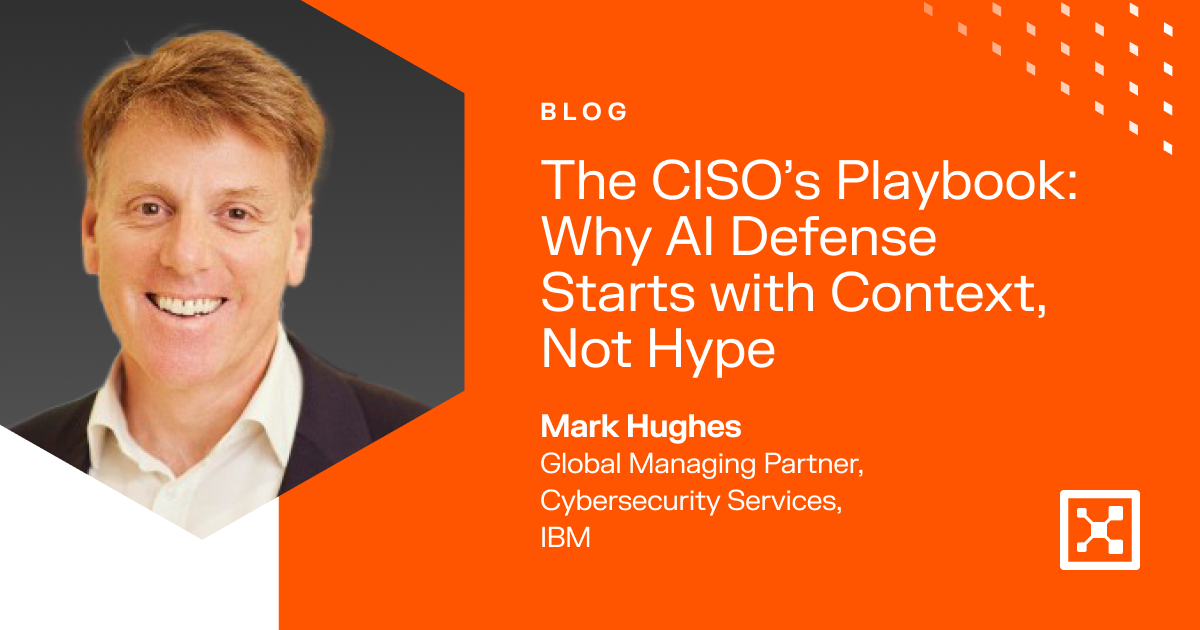Is Smart Manufacturing Leaving Your Operations Vulnerable?
For three years in a row, manufacturing has been a top-attacked industry, according to the IBM X-Force Threat Intelligence Index 2024.
Attackers see manufacturers as an increasingly attractive target. Smart factories open new attack vectors. And as new industrial control systems (ICS) become more connected, the opportunity for malware to spread grows.
In this blog post, learn how Industry 4.0 is changing manufacturing cybersecurity and why using a Zero Trust approach can help protect against vulnerabilities from smart factories and ICS.
The benefits and challenges of Industry 4.0
Industry 4.0 has revolutionized manufacturing through automation and connectivity. Now, enterprise resource planning (ERP) systems handle everything from taking orders to overseeing production. New ICS technology provides more data and control by using smarter applications built on standard platforms which in turn extends the operational life of the systems.
Because of Industry 4.0, manufacturers are improving how well their supply chains work. But this also means their systems are more connected and vulnerable to cyber threats. These threats can target ICSs and cause serious problems.
45% of leaders say their greatest concern about cyber incidents is operational disruption, according to the 2024 World Economic Forum Global Cybersecurity Outlook.
Manufacturers now face the challenge of making their operations resilient enough to withstand ongoing attacks.
New ICS environments are more at risk than ever
There have been major changes in the types of attacks on ICS environments in recent years.
In the past, ICS attacks were mostly simple malware and known weaknesses. But with smarter systems now available, attackers have more opportunities. These new systems connect and communicate in complex ways that leave security gaps and blind spots. They also connect to the internet which opens even more ways for attackers to breach and exploit systems.
These changes have led to more sophisticated attacks such as zero-day exploits and targeted hacks. There's also more use of social engineering to gain access to critical systems. Now, attackers can find and use weaknesses faster and often go undetected longer. This makes it easier than ever to carry out attacks on manufacturing operations.
Download our guide to learn more about how to make your manufacturing operation resilient against cyberattacks.

5 of the most common cyber threats to manufacturing
Cyberattacks can do more damage than just halting production lines. Manufacturers are also seeing several other effects of breaches and ransomware attacks.
1. Stolen intellectual property
Manufacturers spend a lot of time and money on research and development (R&D) to stay innovative and keep ahead of their competitors.
Attackers know this information is valuable. Many recent breaches in manufacturing have led to the theft of:
- Patents
- Designs
- Formulas
- Manufacturing processes
This not only makes it harder for companies to compete but can also hurt their position in the market and their profits in the long run.
2. Stolen data
Besides R&D, manufacturers also often have sensitive information about customers, vendors, and employees. When this data is breached, they can face legal problems, fines, and a loss of trust from their customers and partners.
3. Damaged physical assets
Attacks on ICSs and operational technology (OT) can cause physical damage to machines and equipment. Attackers can manipulate ICSs to operate machinery in dangerous ways. This can lead to:
- Equipment failure
- The destruction of goods
- Endangering human lives
These attacks not only need expensive repairs but can also cause long periods of downtime and safety checks.
4. Compliance violations and legal consequences
Manufacturers in regulated industries can face more problems from cyberattacks due to compliance issues. Laws like GDPR and HIPAA require strict data protection. If a cyberattack happens and data is not protected, companies can face large fines, legal trouble, and more attention from regulatory groups.
5. Compromised supply chain
Attackers are increasingly targeting manufacturers to get into larger supply chains. Hacking one manufacturer can give attackers access to the systems of connected suppliers, partners, and customers. This makes the original breach more serious and can damage business relationships and cause loss of business.
All of these attacks rely on being able to reach the target assets from the initial point of entry. Industry 4.0 is making systems so interconnected that the traditional trust-based model no longer applies. Manufacturers must adopt a Zero Trust security model to protect modern industrial control systems.
Secure manufacturing operations with a Zero Trust approach
The Zero Trust security model, supported by NIST and used by top manufacturers, makes changes to the traditional way of protecting manufacturing networks.
Zero Trust is a cybersecurity model that assumes no part of the network is inherently trustworthy – “never trust, always verify.” This drives a least-privilege approach to building security controls. Nothing is trusted by default which makes it harder for attackers to get in and spread inside the network.
Using Zero Trust Segmentation (ZTS), also called microsegmentation, is an essential part of Zero Trust; you can’t achieve Zero Trust without it. Attacks will happen, and ZTS is the only way to contain them.
ZTS controls how systems communicate which:
- Stops breaches from spreading through the network
- Safeguards critical systems like ICS and operational technology (OT)
- Helps meet strict regulations like GDPR and NIST SP 800-82r3
With the Illumio ZTS Platform, manufacturers can get a clear view of network traffic, enforce security rules, and quickly contain threats. Learn how Illumio manufacturing customers are proactively preparing to maintain operations during potential breaches.
Download our guide to learn more about how Illumio ZTS aligns with essential manufacturing security requirements.
.png)





